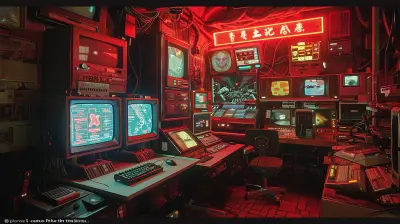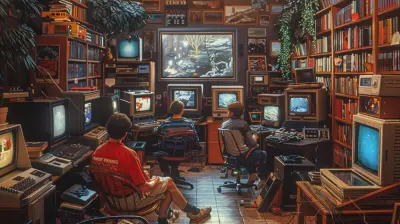The Demise of Sega’s Dreamcast: What Went Wrong?
20 August 2025
Ah, the Dreamcast. If you’re into retro gaming or just a fan of gaming history, chances are you’ve heard about Sega’s ill-fated console. It was ahead of its time, packed with innovative features, and had a seriously cool lineup of games. Yet, despite all its promise, the Dreamcast didn't stand a chance in the cutthroat console market. So, what went wrong? How did Sega, a company that once stood toe-to-toe with Nintendo, end up bowing out of the hardware race? Let’s dig into the fascinating rise and fall of the Dreamcast and try to unravel this mystery.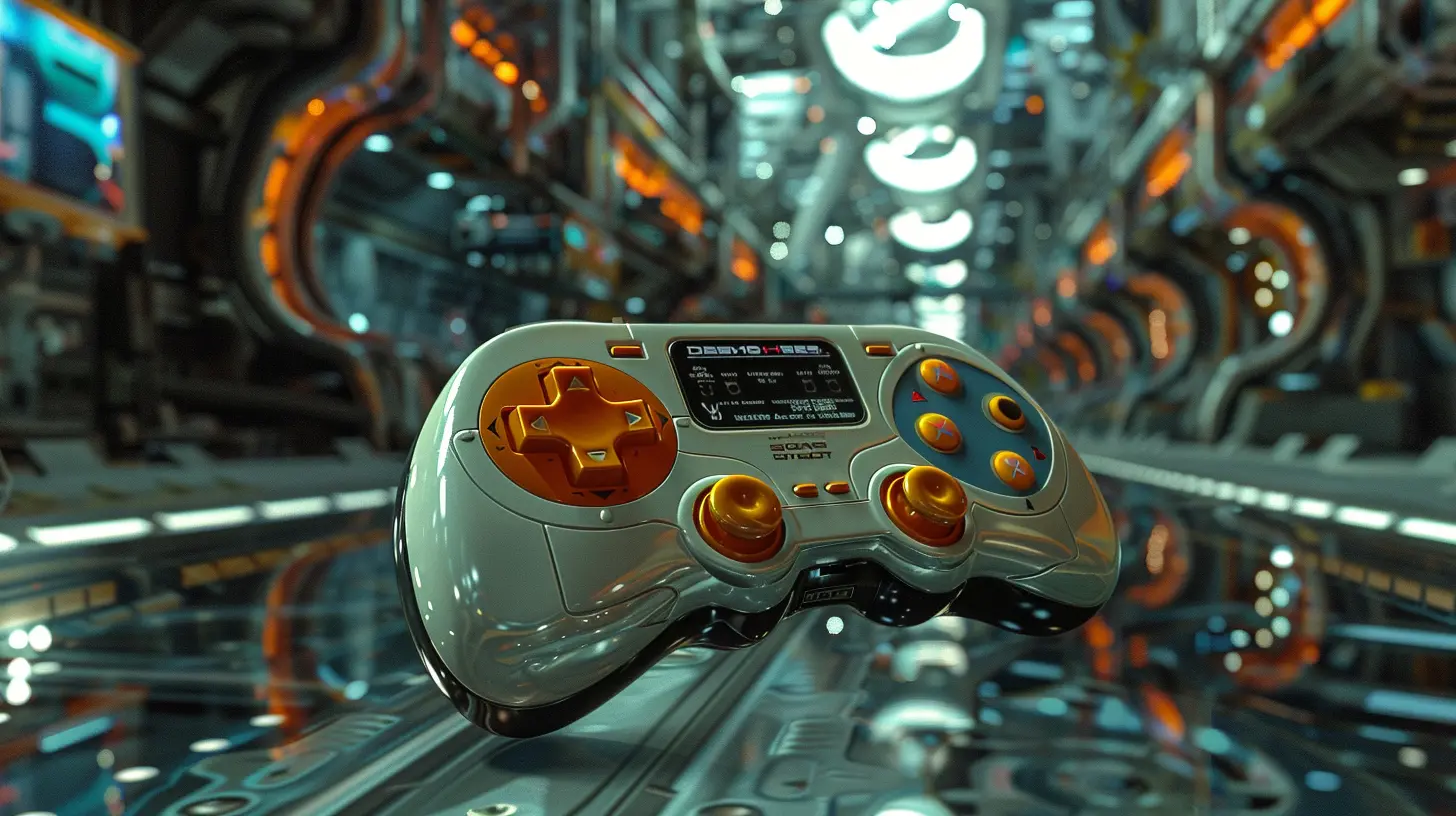
A Bold Vision: Enter the Dreamcast
Let’s rewind to the late ’90s. Sega was in a tough spot. The company’s previous console, the Sega Saturn, didn’t exactly set the world on fire. Sure, it had its fans, but poor marketing decisions and a confusing launch strategy meant it never gained the traction of its rivals like Sony's PlayStation. Sega needed a win—desperately. Enter the Dreamcast.Launched in Japan in late 1998 and in North America in 1999, the Dreamcast was Sega’s leap into the future. It was the first 128-bit console, boasting incredible graphics for its time, online capabilities (yes, online gaming in the ’90s!), and a sleek, futuristic design. Remember the VMU (Visual Memory Unit)? It was a quirky little memory card with a tiny screen that doubled as a mini-game device—a perfect example of Sega’s knack for creativity.
The Dreamcast launch went well, especially in the U.S., where Sega sold hundreds of thousands of units on day one. It looked like Sega was finally back in the game, ready to reclaim its glory.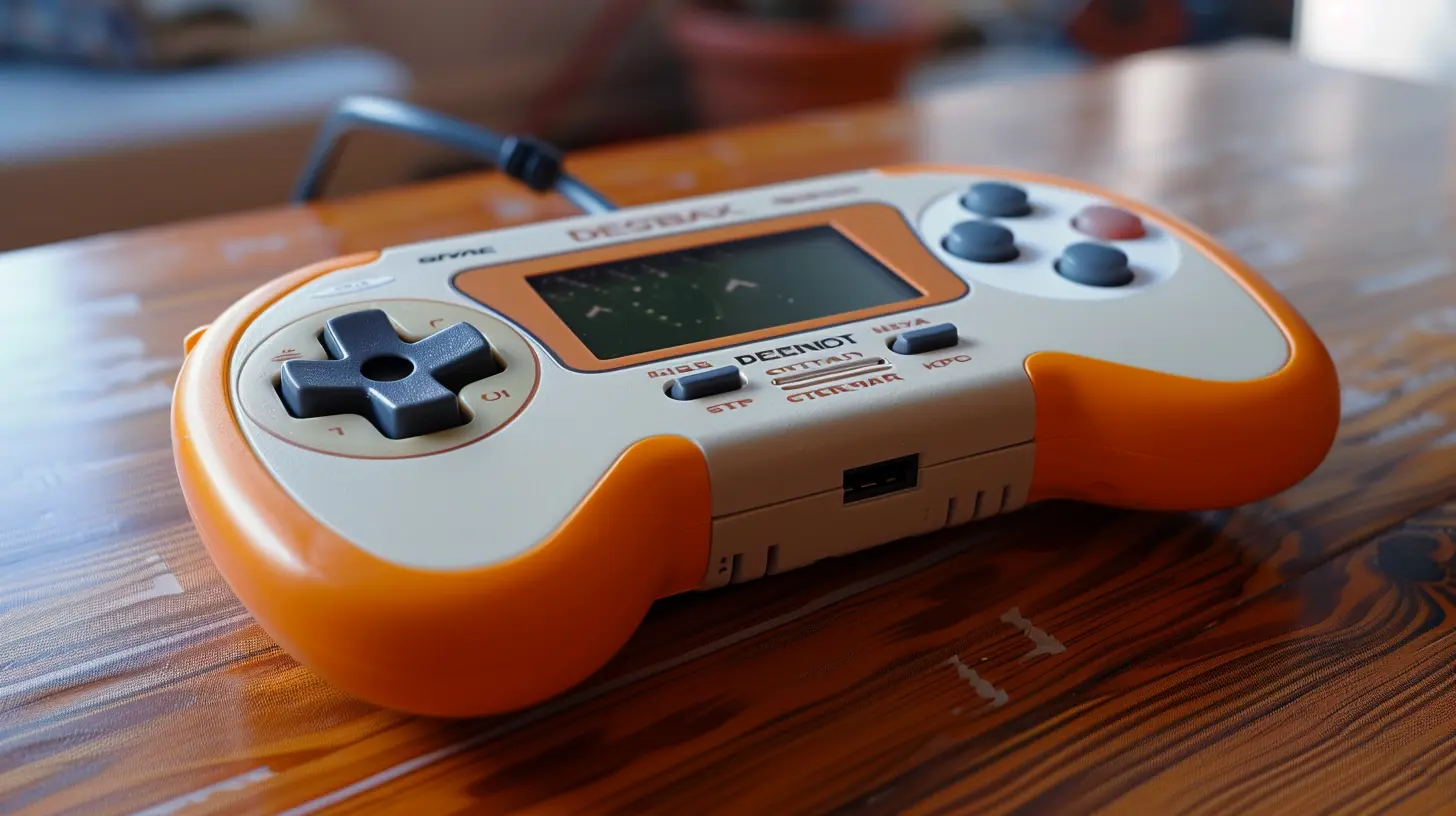
Innovator, But Not a Survivor
But, as you might have guessed, things didn’t go as planned. Despite its strong start, the Dreamcast quickly began to lose steam. Why? Well, buckle up because there’s no single culprit here. It was more like a perfect storm of bad luck, missed opportunities, and strategic blunders.Let’s break it down.
1. The Ghost of Consoles Past
Sega’s history leading up to the Dreamcast wasn’t exactly spotless. The failure of the Sega Saturn left a bad taste in gamers' mouths, and even before that, Sega made some questionable hardware decisions (hello, Sega CD and 32X). Many gamers and retailers lost faith in Sega as a company. After all, why would anyone invest in a Dreamcast if they thought Sega might abandon it, just like they had with previous consoles? This lingering distrust hurt the Dreamcast before it even got off the ground.2. The PlayStation 2 Juggernaut
If the Dreamcast was like a plucky underdog in a boxing ring, then the PlayStation 2 was Mike Tyson. Sony had already proven itself with the original PlayStation, and when the PS2 was announced, it sent shockwaves through the gaming world. Not only was it backward-compatible with PlayStation 1 games—a huge deal at the time—but it also doubled as a DVD player. Let’s be real: DVDs were the hot new technology in the early 2000s, and the PS2’s ability to play them was a major selling point. Why buy a separate DVD player when you could get a gaming console that did it all?When the PS2 launched, it sold like hotcakes, and the Dreamcast was left in the dust.
3. Sega’s Finances Were a Mess
Here’s the thing: launching a console isn’t cheap. It takes massive investments in research, development, marketing, and production. And Sega? Well, they were flat-out broke. The company had been hemorrhaging money for years due to the flop of the Saturn and their infamous habit of overproducing hardware that nobody wanted (remember the Sega CD?). By the time the Dreamcast came around, Sega just didn’t have the financial muscle to compete with industry giants like Sony, Nintendo, and eventually Microsoft.4. Piracy Problems
The Dreamcast was a marvel of technology, but it had one glaring flaw: it was ridiculously easy to pirate games for it. The console didn’t require any hardware modifications to play burned discs, which made it a paradise for software pirates. While this might have scored points with gamers looking for free games, it was a disaster for Sega’s bottom line. Developers were less inclined to make games for a console that couldn’t protect their intellectual property, leading to a dwindling library of games.5. Poor Third-Party Support
Speaking of the game library, the Dreamcast struggled to attract third-party developers. Unlike Sony, which had built strong relationships with developers during the PlayStation 1 era, Sega was still playing catch-up. Sure, the Dreamcast had its share of killer exclusives—"Sonic Adventure," "Shenmue," "Crazy Taxi," and "Jet Set Radio," to name a few—but it lacked the robust support of third-party studios that Sony and Nintendo enjoyed.6. Too Much, Too Soon
Ironically, one of the Dreamcast’s greatest strengths was also its weakness. Sega packed the console with innovative features, like its built-in modem for online play. While this was undeniably cool, it was also ahead of its time. Broadband internet wasn’t widely available yet, so many gamers couldn’t take full advantage of the Dreamcast's online capabilities. It’s like showing up to a barbecue with a fancy grill but no one’s got matches—it’s impressive, but kind of useless without the right tools.7. The Arrival of Microsoft
And then, there was the Xbox. Microsoft entered the console market in 2001 with guns blazing. With deep pockets and a bold vision, the Xbox quickly established itself as a major player, further crowding the market and pushing the Dreamcast even further into obscurity. Sega simply couldn’t keep up.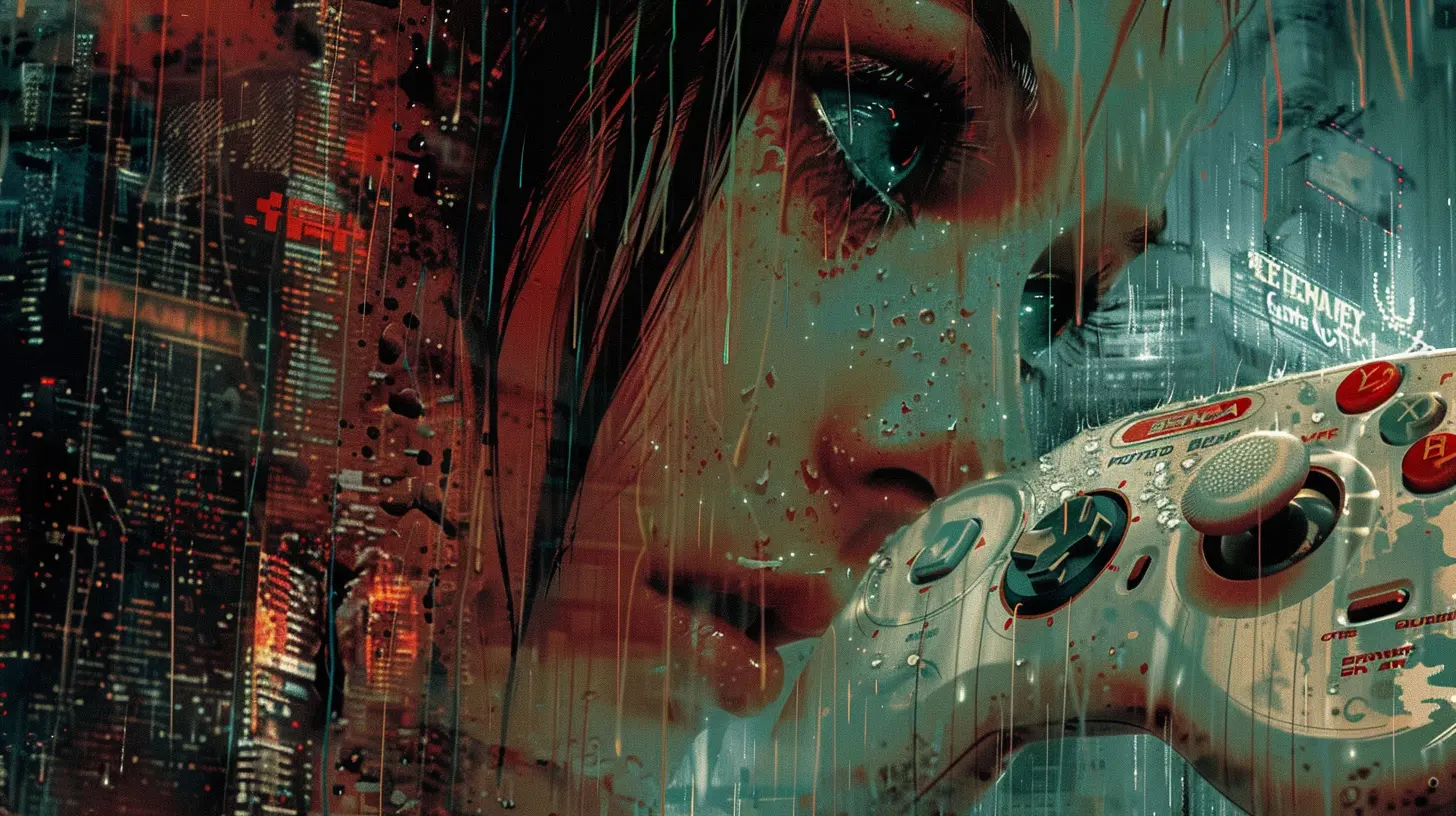
The Dreamcast’s Legacy
So, after just a few short years on the market, Sega pulled the plug on the Dreamcast in 2001. It marked the end of an era—Sega announced that they would exit the hardware business and focus exclusively on developing games.But while the Dreamcast may have died an early death, its legacy lives on. Gamers still rave about its unique library of titles, and its forward-thinking features laid the groundwork for many innovations we take for granted today. In a way, the Dreamcast was like the hipster of consoles—it did everything before it was cool.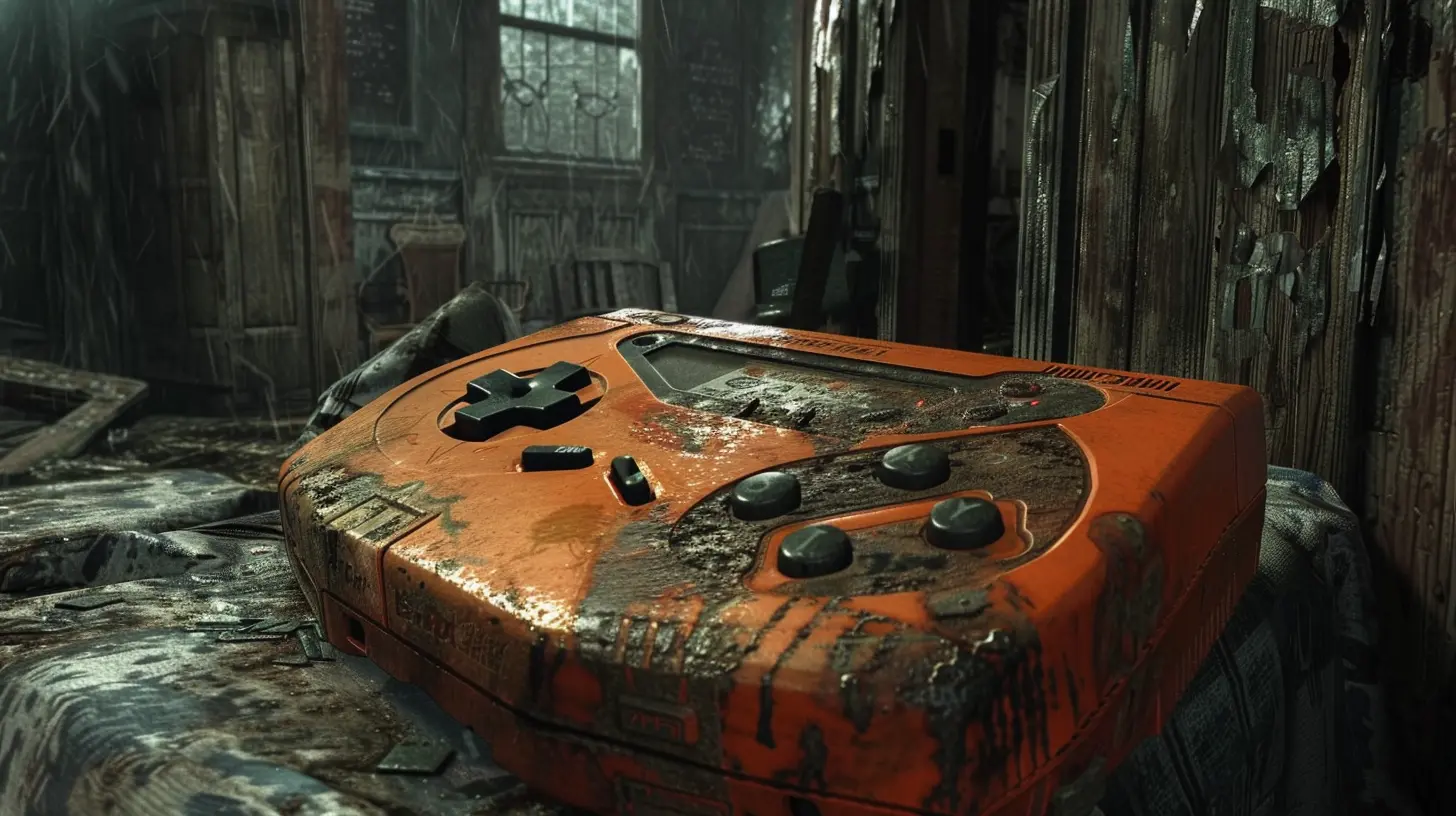
What Can We Learn From the Dreamcast?
If there’s one thing the Dreamcast teaches us, it’s that being innovative isn’t always enough. Success in the gaming industry is about more than just great hardware; it’s about timing, trust, and a little bit of luck. The Dreamcast had heart, but it simply couldn’t overcome the mountain of challenges in its way.But hey, isn’t that what makes its story so compelling? The Dreamcast may have been a commercial failure, but for those who owned one, it was unforgettable.
all images in this post were generated using AI tools
Category:
Gaming HistoryAuthor:

Brianna Reyes
Discussion
rate this article
1 comments
Valeria Porter
Mismanagement, marketing flaws, and timing issues.
September 3, 2025 at 4:47 AM

Brianna Reyes
Thank you for your insights! These factors indeed played a crucial role in the Dreamcast's struggles and ultimate decline.

